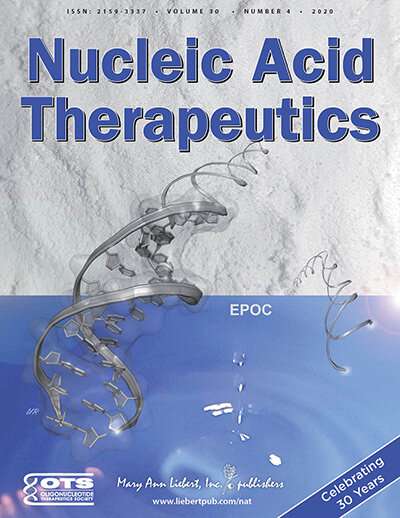First-in-human study with novel antisense oligonucleotide proves promising

A single intravenous dose of MRG-110, an anti-microRNA drug, significantly reduced miR-92a levels in the blood of healthy humans. Inhibition of miR-92a has shown beneficial effects in animal models, including improved vascularization after myocardial infarction, and accelerated wound healing, according to the peer-reviewed journal Nucleic Acid Therapeutics.
"Based on documented, promising therapeutic potential, locked nucleic acid (LNA)-based anti-miR-92a was further developed and tested in a first in human study," said Stefanie Dimmeler, Ph.D., Goethe University, Frankfurt, Germany and coauthors. "MRG-110 caused de-repression of gene targets in human peripheral blood cells."
"This is an important randomized, double-blind, placebo-controlled, dose-escalating study translating previous work on systemically delivered LNA-modified anti-miR oligonucleotide compounds to efficiently lower miR-92a levels in human peripheral blood," says Executive Editor Graham C. Parker, Ph.D., The Carman and Ann Adams Department of Pediatrics, Wayne State University School of Medicine, Children's Hospital of Michigan, Detroit, MI.
More information: Wesley Tyler Abplanalp et al, Efficiency and Target Derepression of Anti-miR-92a: Results of a First in Human Study, Nucleic Acid Therapeutics (2020). DOI: 10.1089/nat.2020.0871




















